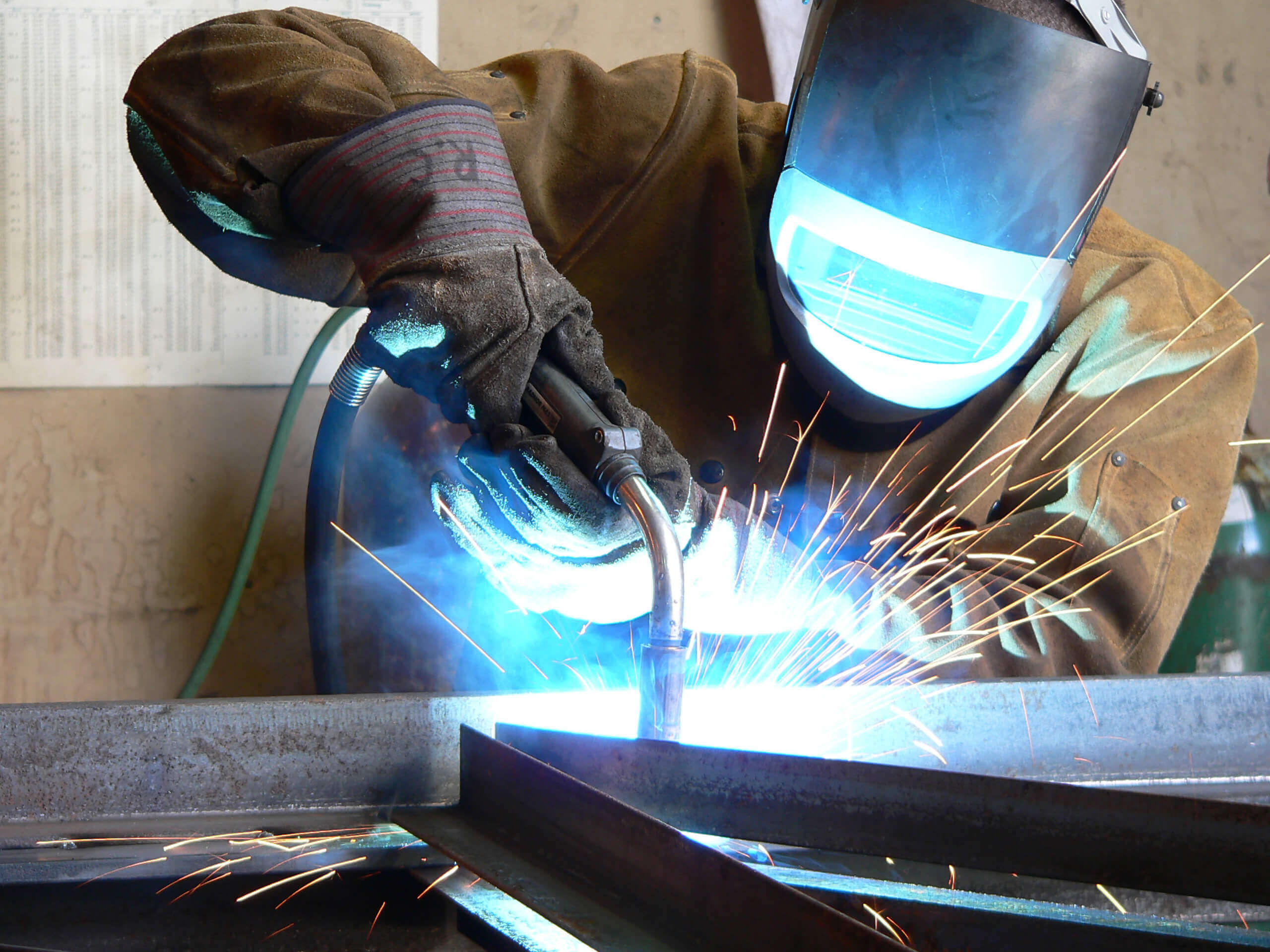Evolution of Welding in Industry 4.0


Steam engines and mechanisation in the late 18th century brought us the industrial revolution. This was followed by further industrial revolutions – the second bringing electrification and mass production, and the third “digital revolution” or “information age” involving the rise of computers and communication.
We are now entering the fourth industrial revolution or Industry 4.0 as it is more commonly known. This is the era of the “smart factory” where computers and automation come together with artificial intelligence.
Through advances in sensors, wireless communications, intelligent robots and machines we can expect to see machines operating independently or co-operating with humans. In cyber-physical systems, machines will collect data, analyse it and make decisions.
Weld 4.0 is the term often used to encapsulate the many opportunities for production efficiencies and cost savings identified by adopting this digital approach specifically in the welding industry. A leading German welding machine supplier describes the future of welding as “networked, digital and paperless”.
Weld 4.0 involves integrated communications between the welding machines and all other elements of the welding operation. Smart welding software will track everything in the Welding Procedure Specification (WPS) such as joint characteristics, wire feed speed, amps, volts, weld duration, and heat input. The software records prescribed welding parameters as the joint is created. Thus, there is less reliance on visual weld inspection and manual recording and checking of data. Set-up, monitoring and analysing can all be done in real time and remotely from the fabrication shop floor.
Examples include:
There are, of course, key barriers to overcome before Weld 4.0 becomes the new norm. Concerns about digital security are high and work needs to be done to create recommended standards. In addition, there will be a requirement for significant investment in both machinery and training. However, it is feasible to imagine that the next generation of welders will be as skilled in digital programming as well as welding.
In summary, for the metal fabrication industry to reap the proposed benefits of Weld 4.0 it is important that all parts of the supply chain are committed to the programme.
Air Products is a global supplier of high quality shielding gases. To learn more about our innovations in connectivity please visit www.airproducts.co.uk/e2.

An industry leading comprehensive guide to gas shielded arc welding and oxy-fuel cutting.